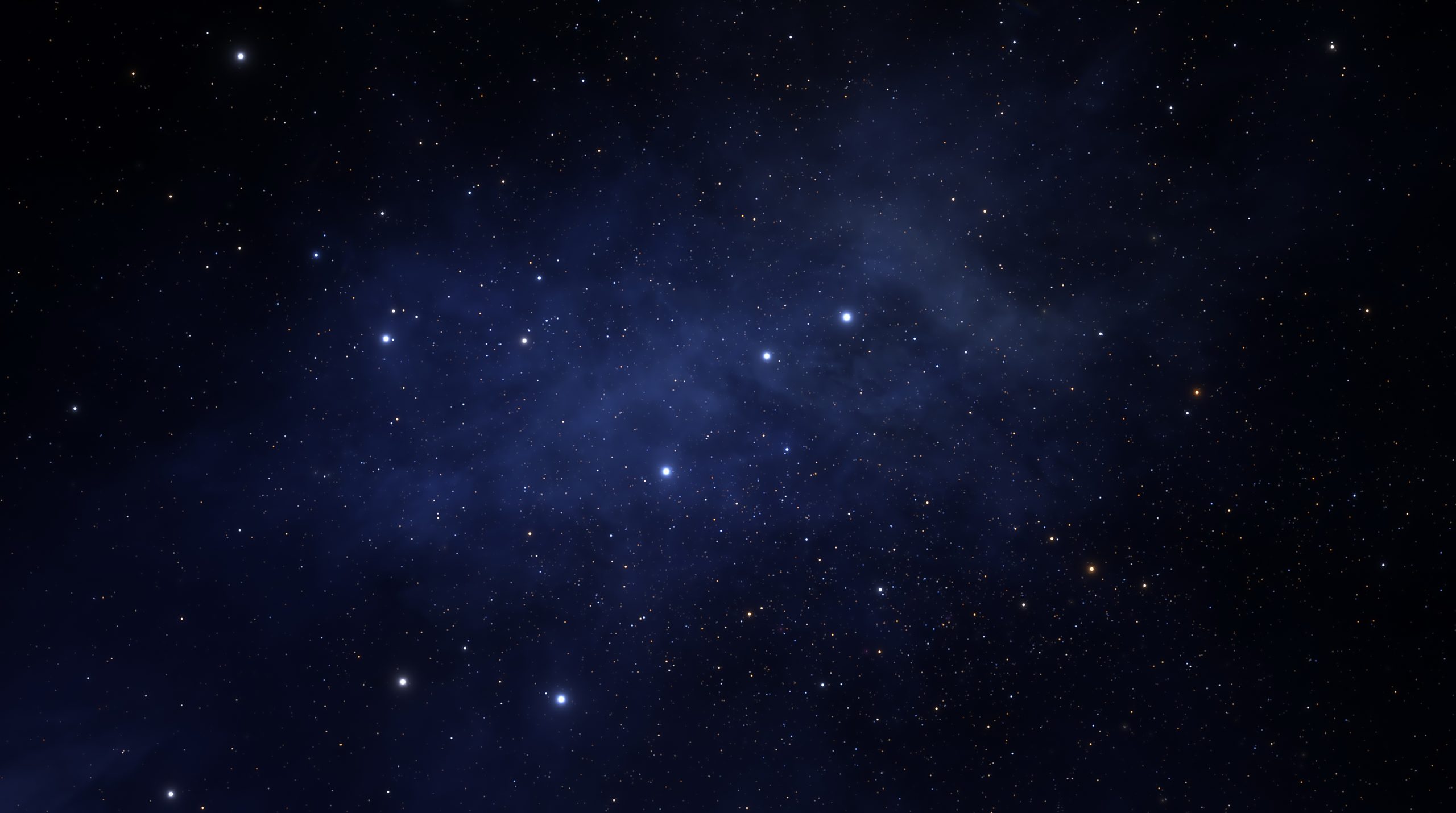Researchers at Penn State University have devised a method that harnesses solar energy and the extreme cold of outer space to simultaneously generate renewable energy and provide cooling capabilities.
Published in the scientific journal Cell Reports Physical Science under the title “Simultaneous subambient daytime radiative cooling and photovoltaic power generation from the same area,” their approach involves utilising a solar cell to capture solar energy while directing heat away from Earth through a process known as “radiative cooling.” This method instantaneously emits infrared light directly into outer space, termed the “cold universe,” without warming the surrounding atmosphere.
The integration of solar harvesting with radiative cooling synergistically enhances both electricity generation and cooling capacity, applicable to appliances like refrigerators and air conditioners. Assistant professor of mechanical engineering Linxiao Zhu, leading the research, highlighted, “Based on these experimental results, using the two harvesters together has the potential to significantly outperform a bare solar cell, a pivotal technology in renewable energy.”
Pramit Ghosh, a doctoral student in mechanical engineering and the study’s primary author, further explained, “At night and during the day, the radiative cooler functions as a 24/7 natural air conditioner. Even on hot days, the radiative cooler remains cool to the touch. At the same time and in the same place, we can exploit these renewable resources together, 24 hours a day.”
